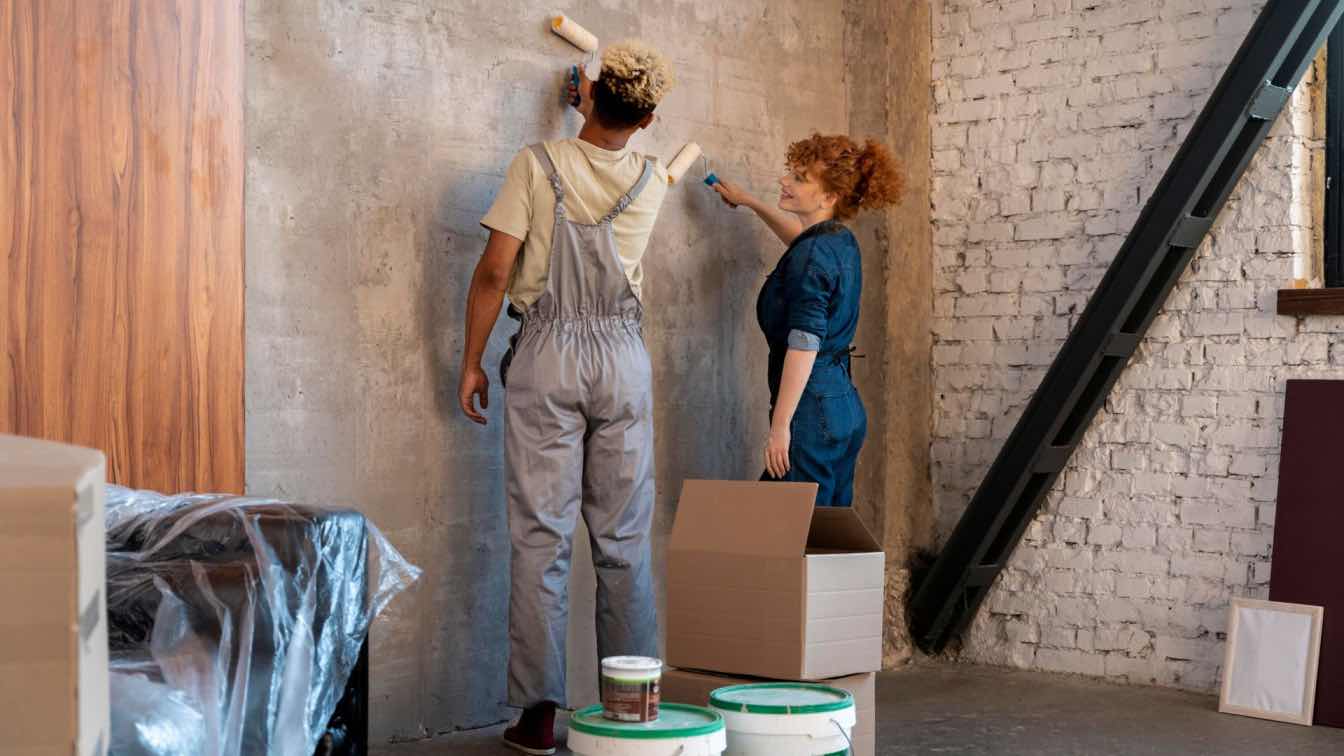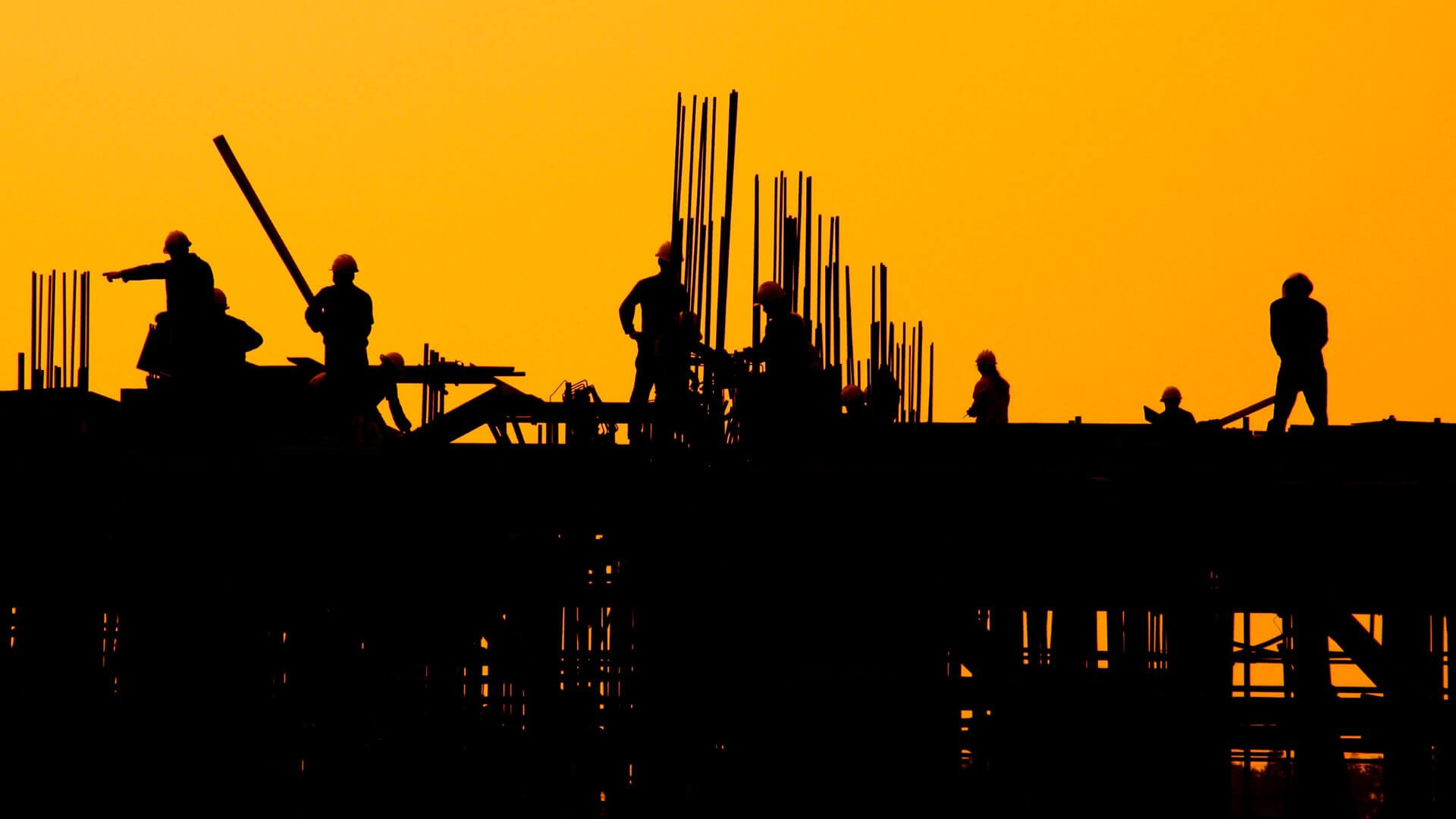In today's world, permeated by rapid change and constant technological breakthroughs, the design of environments is becoming important. More and more attention is being paid to creating spaces that can adapt to the rapidly changing needs of society and incorporate advanced technologies into their structure. However, despite all the achievements of contemporary architecture and design, there are a number of complexities and contradictions that hinder the realization of these ambitions. But it is only by recognizing and overcoming the complexities of the past that we can truly shape a future that will realize our dreams.
The historical context of design
Since the beginning of human history, the design of space has been an integral part of culture and society. Architecture has served functional and symbolic purposes, reflecting the values and beliefs of the era: from the ancient Greeks' desire for harmony and the functional security of medieval castles, to the emergence of diverse architectural movements in the 19th and 20th centuries. Each style reflected its era and social ideals.
Modernity has brought with it a mix of styles and trends. They all contribute to modern design by offering new ways of perceiving and utilizing the architectural environment. The historical context emphasizes that the design of space has always been a reflection of cultural, technological and social change. Understanding this evolutionary process is an important step towards building a future capable of meeting the challenges of modernity.

Technological progress and its impact
Modern technology is bringing significant changes to the way architecture is designed and utilized. With the development of digital technology, virtual reality and artificial intelligence, designers have new tools to create innovative spaces. Interactive elements, smart control systems and the internet of things allow for unique opportunities. However, with increasing reliance on technology come issues of security, privacy and accessibility of such solutions for all segments of society.
Challenges also arise when trying to integrate new technologies into existing infrastructure. Interoperability standards, energy efficiency and resource management issues require careful analysis. In addition, emerging ethical issues, from data security and privacy to legal compliance, must be considered when utilizing modern technologies in the future space.
Striving for sustainability and eco-friendliness
With environmental issues becoming increasingly acute these days, durability and sustainability in space design are becoming particularly important. Ecological design not only contributes to the preservation of natural resources, but also creates favorable conditions for the health and comfort of people. Modern projects strive to minimize the negative impact on nature. The introduction of innovative materials, alternative energy sources, and recycling technologies are becoming an integral part of the design process.
Despite the growing interest in sustainable design, new challenges are also emerging. One of them is the search for and development of sustainable materials that provide high quality and durability. In addition, the cost and availability of such materials to a wide audience must be considered. It is important to strive to balance functionality, aesthetics and sustainability in order to create spaces that will delight and inspire not only today, but also in the long term.
Hybrid spaces
Hybrid spaces are a design and organization concept that combines different functions or elements in one place, seeking to maximize space efficiency and meet multiple needs. Such spaces can be adaptive and multifunctional, allowing them to change and adapt to different situations and user needs. The concept of hybrid spaces is increasingly in demand in today's society, where the requirements of the environment are becoming more diverse and the desire to optimize the use of resources and space is growing.
Modern hybrid spaces require special attention to adaptation and flexibility. The development of technology and the changing lifestyles of society create new needs that must be taken into account. At the same time, the environment must not only be comfortable and practical, but also visually appealing. This requires the ability to combine innovative technologies with design elements, careful planning and analysis to create aesthetically pleasing, comfortable and functional places to live and work.

The human being at the center of design
The design of a future space should first and foremost serve the needs and comfort of the individual. It is important to create an environment that promotes his or her well-being. Design experts are already paying great attention to the influence of the environment on the emotional and mental state of a person. To create a modern space, it is necessary to take into account people's needs for functionality and aesthetics. Ergonomics, convenience, as well as the selection of materials, colors, and lighting allow for a design that can inspire and motivate, maintaining an atmosphere conducive to productivity and creativity.
Ethics and aesthetics in contemporary design
When designing a modern space, ethical aspects are integral components. It is worth paying attention to harmony with the natural environment. Environmental responsibility includes the use of sustainable materials and technologies, as well as waste management and recycling systems. The use of natural light and plants contribute to creating a visually pleasing place. It is also important to consider the needs of all sectors of society, ensuring inclusivity and equality of access to comfortable environments for different groups.
Making optimal use of space and adapting to the changing needs of users allows for the creation of functional and ergonomic spaces ideal for living and working. Experimentation with shapes, colors and materials helps to diversify and make it aesthetically pleasing, while the integration of modern technologies adds functional advantages.
Challenges and prospects: where is the design of the future going?
In these rapidly changing times, society expects modern design not only to be functional, but also to meet high standards of comfort, durability and aesthetics. New generations seek adaptive environments that can combine work, leisure, and cultural experiences.
To achieve high standards in contemporary space design, it is essential to invest in research and new developments. Pursuing innovations in materials, technologies, and methods will overcome limitations and create unique places that meet the needs of the future. However, it is important to remember the balance between innovation and sustainability. Revolutionary ideas must be harmoniously integrated into an environmentally and socially sustainable concept. This is the only way to achieve long-term success and take a step forward in designing the future of space.
Sources:
Designing Hybrid Offices For Success in 2023 [A Complete Guide], Officernd (https://officernd.com)
From office to hub: How Audible redesigned its physical spaces to reflect hybrid work, worklife (https://worklife.news)
How the technology impact on Architecture, Architeca (https://architeca.in/)
Digitalization of public spaces. The great urban change?, OpenEdition Journals (https://journals.openedition.org)





